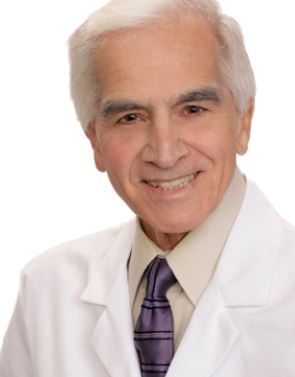“What should your eye pressure be?”
I am a 45 year old female. I want to know what should your eye pressure be?
7 Answers
OphthalmologistOphthalmologist
Normal intraocular pressure should be between 10 - 22mmHg. The thickness of the cornea (the clear circle in the front of the eye) affects the pressure reading, so this should also be measured to get an accurate reading. I hope this info helps.
Good question. In general most people initially diagnosed with glaucoma have eye pressures of 22 or higher. The pressure fluctuates during the day, so a random pressure that is OK doesn’t guarantee that it is not elevated at other times, ie. very early morning or night. There is also a diagnosis of Normal Tension Glaucoma where the pressure may never get up to an “abnormal” level but the same damage occurs.
It is currently believed that glaucoma is not a disease of elevated eye pressure but a blinding disease of the optic nerve for which increased eye pressure is the major risk factor, among several others. All that being true, the best way to diagnose glaucoma is with a thorough eye examination and diagnostic testing by an ophthalmologist.
It is currently believed that glaucoma is not a disease of elevated eye pressure but a blinding disease of the optic nerve for which increased eye pressure is the major risk factor, among several others. All that being true, the best way to diagnose glaucoma is with a thorough eye examination and diagnostic testing by an ophthalmologist.
Intraocular tension, often spoken of as intraocular pressure, should range between 11 and 21 by Goldman applanation measurement. If higher than 21, ocular hypertension can be responsible which ultimately results in Glaucoma and loss of vision.
Roger Ohanesian MD
Roger Ohanesian MD
There is not an absolute perfect number for eye pressure. High eye pressure may be a sign of glaucoma but some patients have a normal high eye pressure and do not have glaucoma. Patients with high eye pressure which may vary with each physician (usually 21 or over) may be considered glaucoma suspects and monitored more frequently. With today’s technology there are other test which are preformed to determine if a patient has glaucoma, or may be at risk of developing glaucoma. It is important to understand examination by an Ophthalmologist is the best defense at helping to diagnose early eye diseases as well as other systemic diseases which may affect the eye health. Patients can also have a very low eye pressure, and have glaucoma, this is called low tension glaucoma. A comprehensive eye exam with an Ophthalmologist is the safest way to detect and treat most eye diseases.







